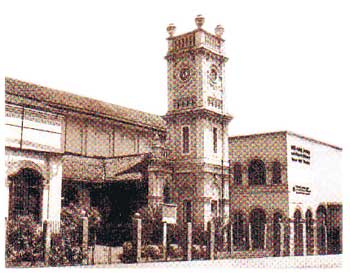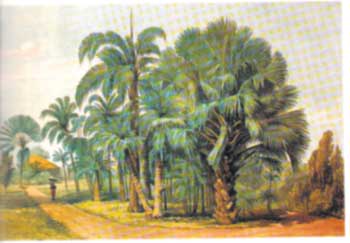First Sinhala play at Tower Hall
Tower Hall which is synonymous with Sinhala theatre celebrated its 95th anniversary last week. It was on December 16, 1911 that the first play was staged at Tower Hall. The play was 'Pandukabahaya' (a historical play based on King Pandukabhaya) written and produced by Charles Dias, a lawyer by profession.
Tower Hall was built by a prominent businessman of the day, G. D. Hendrick Seneviratne Appuhamy who lived in Dematagoda. Along with a friend, B. J. Perera he ran a hotel at Panchikakwatta close to where he built Tower Hall. Maradana was not such a busy area then and he selected a little hillock opposite his hotel, Passenger Union Hotel to build the theatre. He had bought the block of land for 50 rupees from the Municipality for a stable to house the horses who took part in the weekend races.
The hall had accommodation for 800 seated and 400 standing audience with facilities for the actors to change and get their make-up done.
The clock tower, which remains to this day was designed on the basis of the Tower of London, which also gave the name to the theatre. The three-faced clock had a glass cover.
Records indicate that the hall was opened by Governor Sir Henry McCallum at a colourful ceremony with lights blazing, crackers firing, and with bands in attendance. The proceedings began at 8.15 pm with Charles Dias welcoming the guests. Governor McCallum, in his reply speech, promised assistance to develop Sinhala theatre. The play started at 9.15 pm.
Tower Hall soon became a popular place to stage Sinhala dramas, which were mainly historical plays. Charles Dias is credited with 34 plays, most of which were intended to re-awaken the spirit of nationalism among the Sinhalese. Apart from him, well known playwrights,
John de Silva,
P.T.P. Premachandra,
E.A. Abeysekera,
S.L.B. Kapukoyuwa,
S.D. Stephen Silva,
Sirisena Wimalaweera,
B.L. Bodhipala and
M.G.Perera staged their productions at Tower Hall.
|


